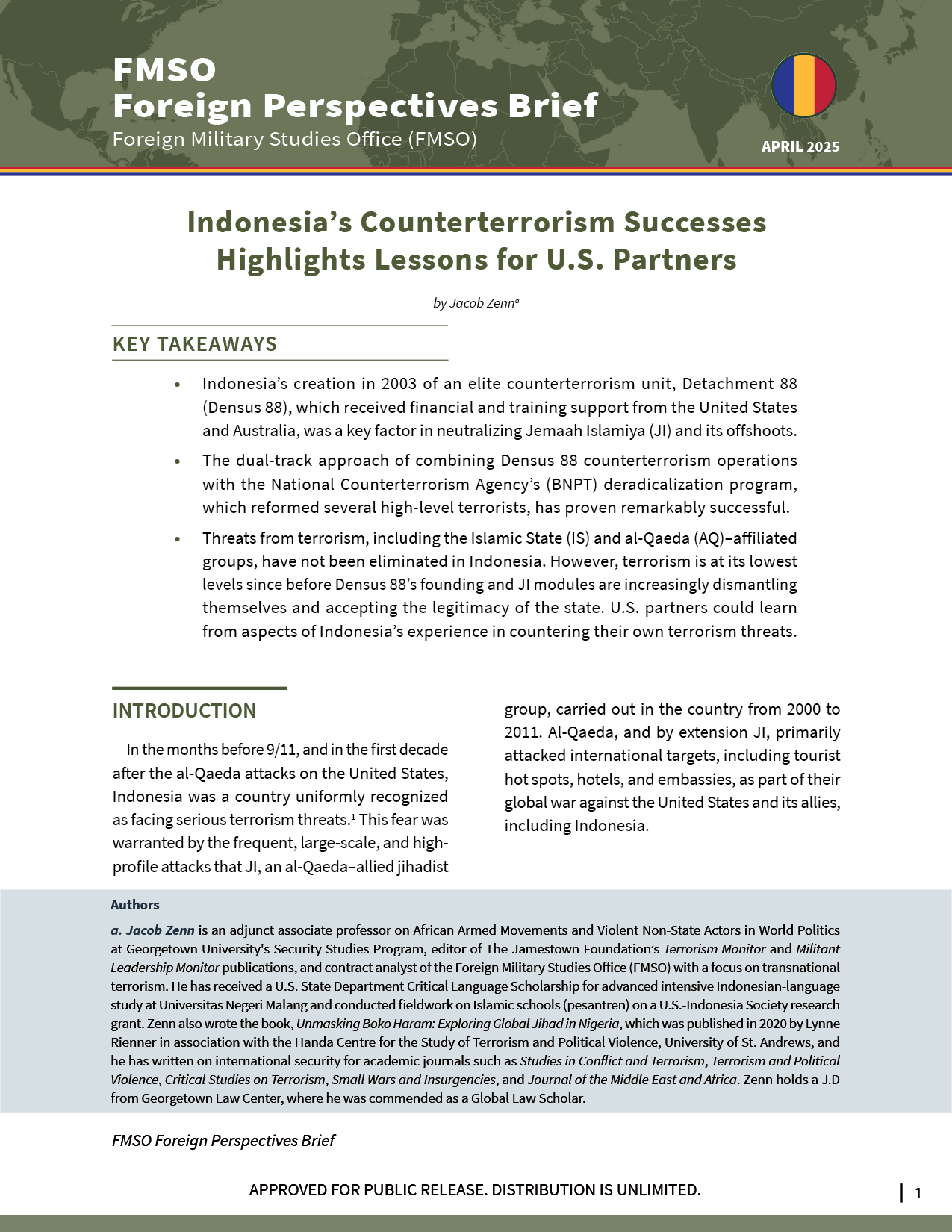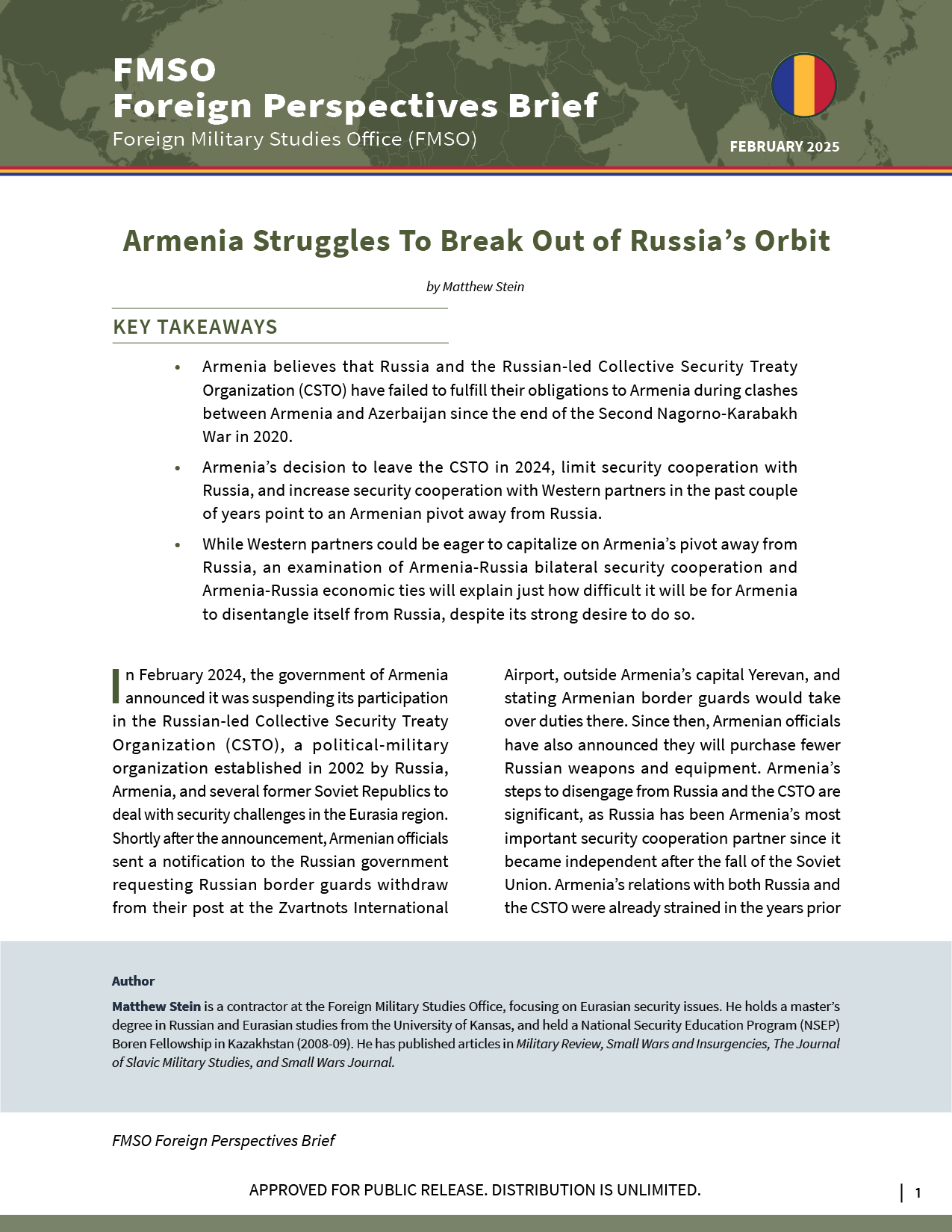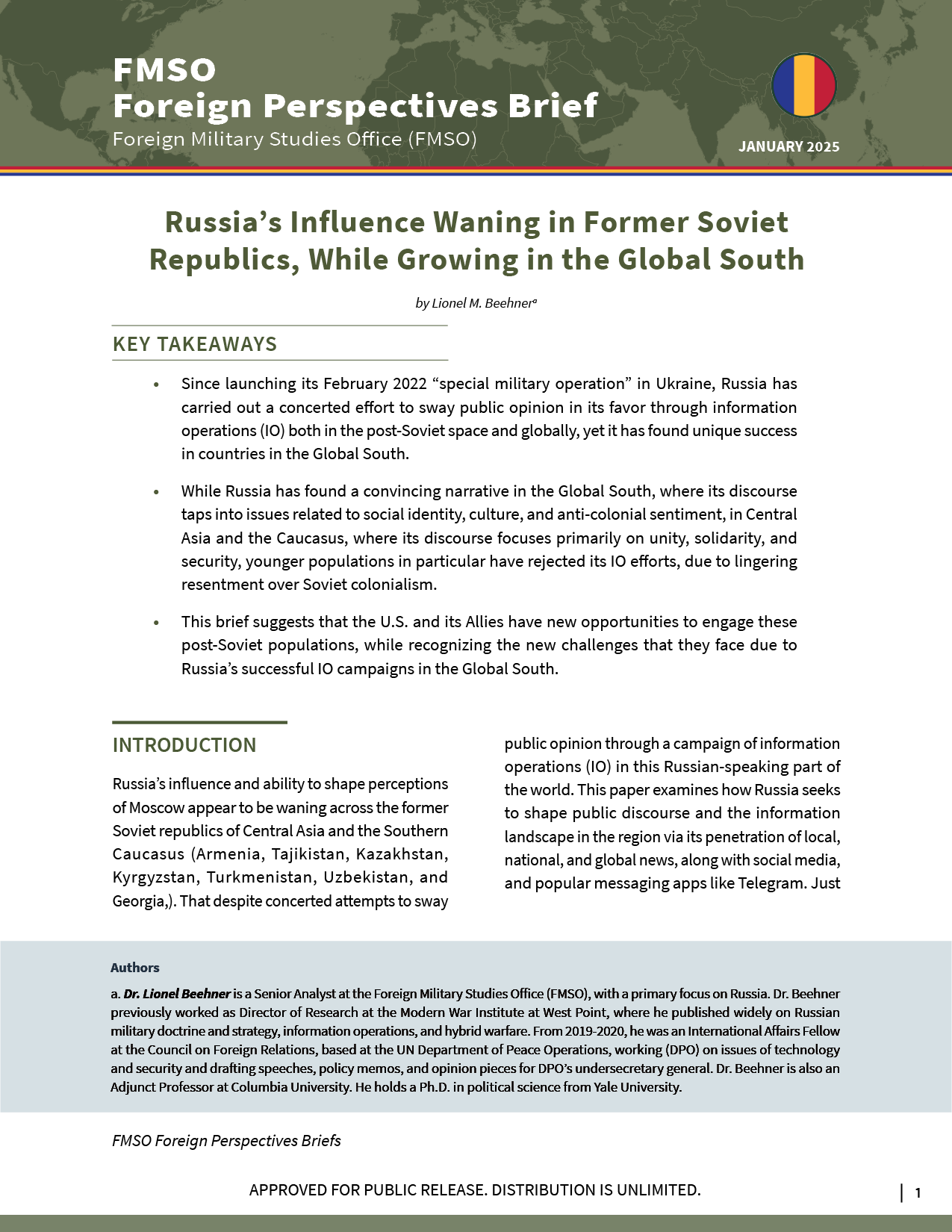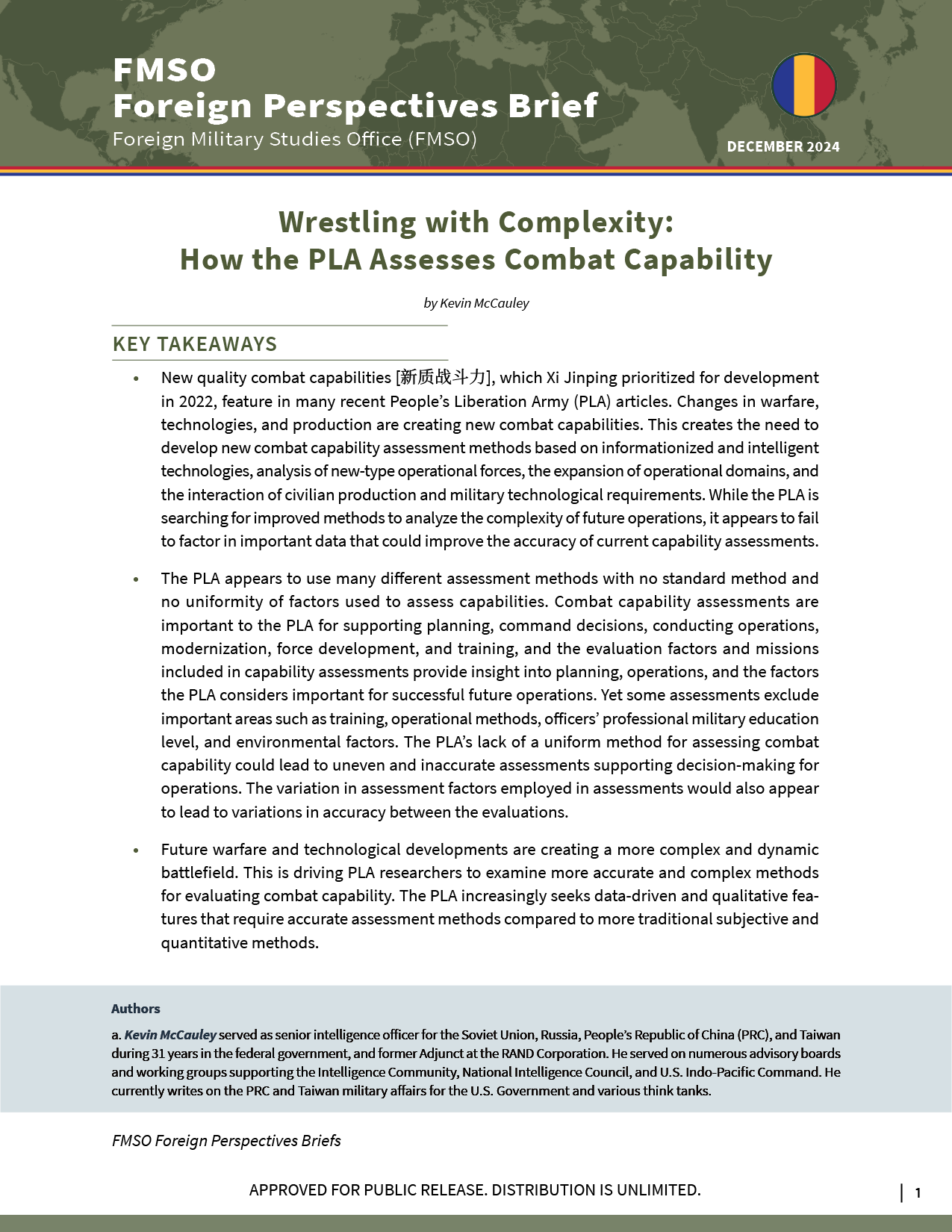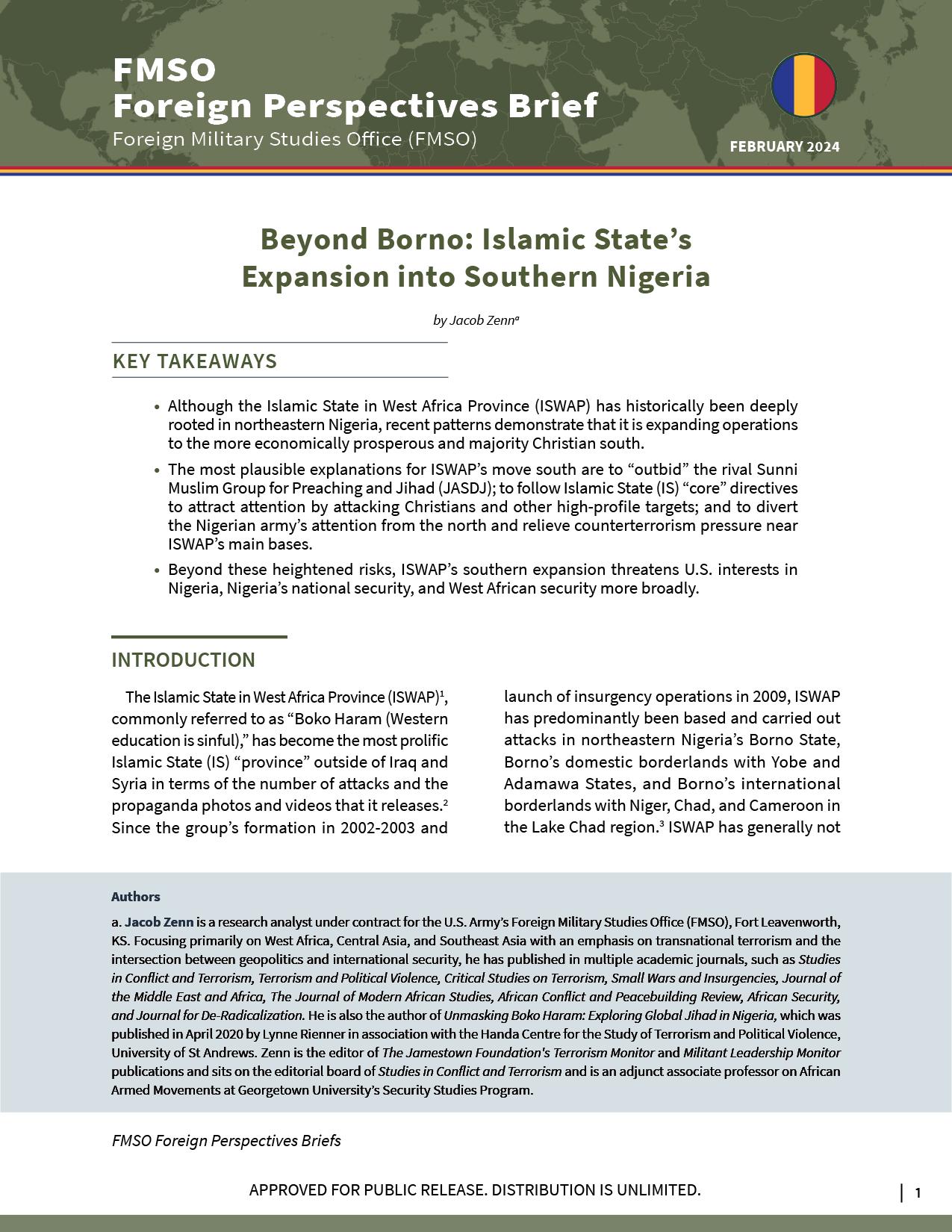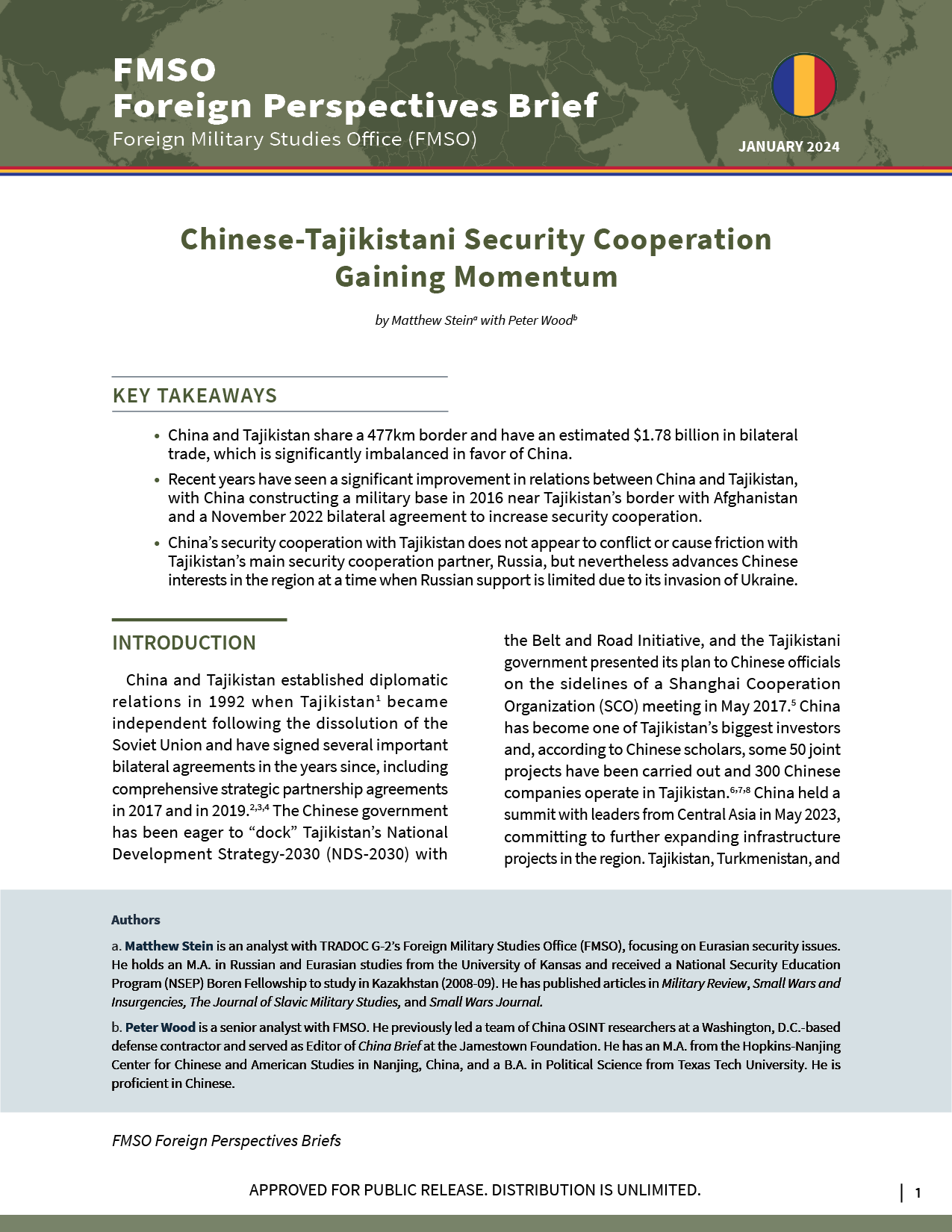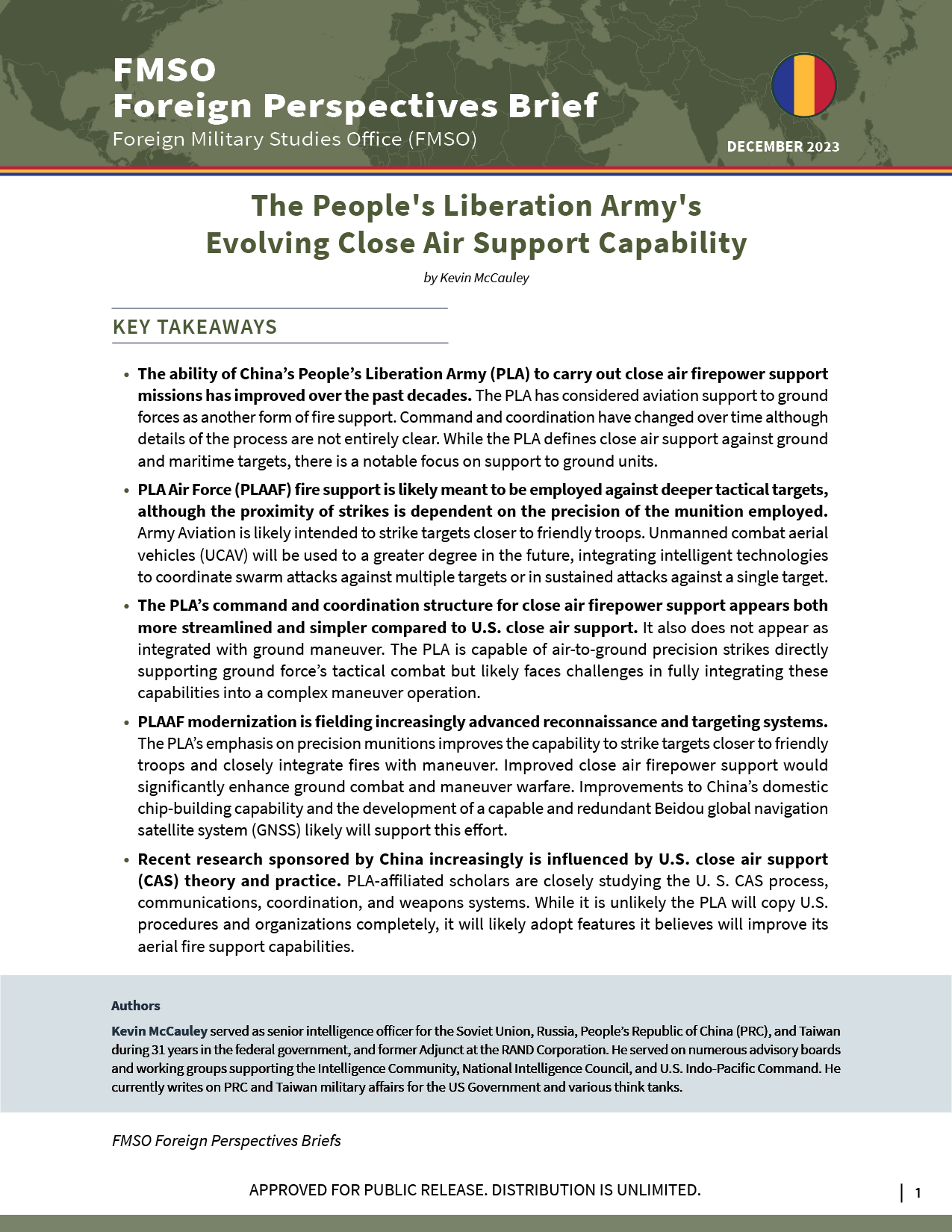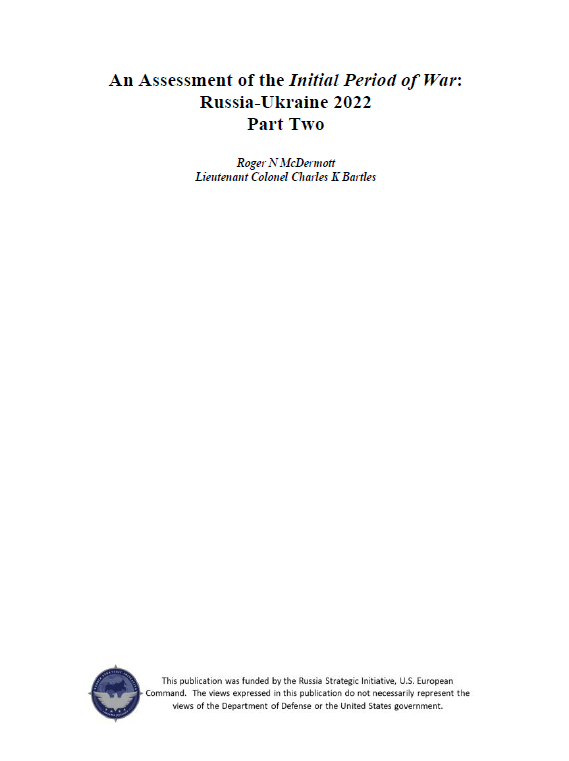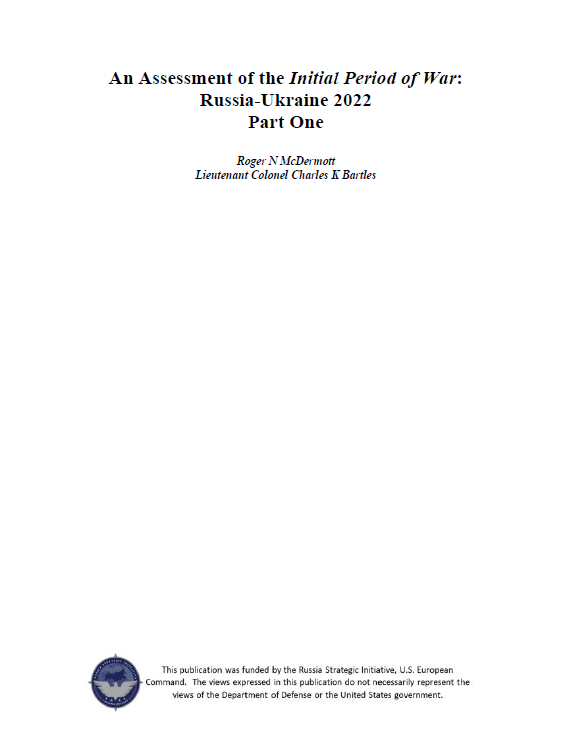(Click image to download brief.)
Key Takeaways:
- Indonesia’s creation in 2003 of an elite counterterrorism unit, Detachment 88 (Densus 88), which received financial and training support from the United States and Australia, was a key factor in neutralizing Jemaah Islamiya (JI) and its offshoots.
- The dual-track approach of combining Densus 88 counterterrorism operations with the National Counterterrorism Agency’s (BNPT) deradicalization program, which reformed several high-level terrorists, has proven remarkably successful.
- Threats from terrorism, including the Islamic State (IS) and al-Qaeda (AQ)–affiliated groups, have not been eliminated in Indonesia. However, terrorism is at its lowest levels since before Densus 88’s founding and JI modules are increasingly dismantling themselves and accepting the legitimacy of the state. U.S. partners could learn from aspects of Indonesia’s experience in countering their own terrorism threats.

